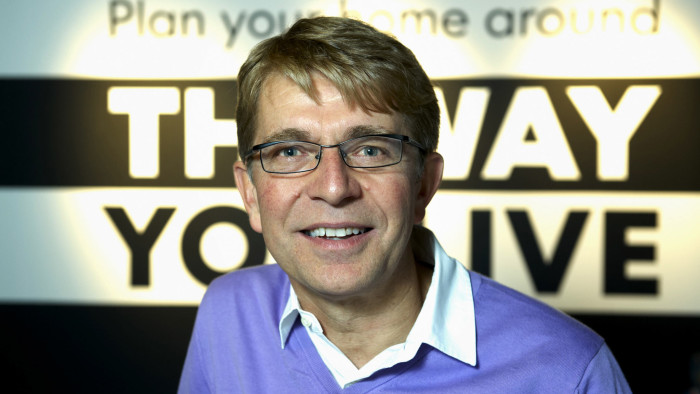Ikea boss promises more openness

Simply sign up to the European companies myFT Digest -- delivered directly to your inbox.
Understanding Ikea in the past has been akin to trying to build one of its pieces of furniture without an instruction manual.
In recent weeks and years, however, the Swedish group has provided pieces of information on how some parts of the company fit together.
Spurred by revelations about its tax structure and a fiercely critical book from a former top manager, Ikea slowly revealed the complex way in which the empire of furniture retailers is knitted together with companies that control its brand, properties and the investments of the founding family.
More recently, Mikael Ohlsson, the chief executive who is set to step down next September, published the furniture retailer’s results for the first time since it was founded in 1943.
In 2011, sales rose 7 per cent to €25.2bn and operating profits were up 15 per cent to €3.6bn. Now he is prepared to discuss Ikea’s strategy until 2020 and hints that more openness could ensue.
Asked if Ikea was secretive, he said: “I know it has been perceived like that. A lot of that is disappearing. We have focused always on our customers, on our range, on our suppliers. We have spent very little time to make interviews with the Financial Times.”
His plans – which will be carried on by his successor, Peter Agnefjäll, currently head of Ikea in Sweden – involve a remarkable expansion as Ikea tries to break into new markets such as India and rapidly boost its presence in China. Store openings will increase from seven last year to an annual rate of 20-25, Mr Ohlsson says.
“We have had a few years when we have built fewer stores and invested heavily in existing stores. Now we are gradually increasing the establishment pace again. It is very exciting.”
He wants to open three stores a year in China, up from one currently. He is even looking to expand in economically stricken Spain and Italy.
Ikea, privately owned by a web of interlocking foundations and companies, has an idealistic creed “of creating a better life for people”. But it strives for this lofty aim through the concrete practice of continually lowering prices by squeezing out every cent from every process from design and packaging to transport. Prices fell by 2.6 per cent in 2011.
Mr Ohlsson says more is to come: “We want to drive unnecessary costs out of the system and price the products lower and lower. I see very big opportunities when it comes to industrialisation to help the cost picture and it will help the quality even further. We will keep the direction, but amplify it.”
As it expands into more countries, Ikea has kept its stores remarkably similar in terms of design and what is inside. Mr Ohlsson says there will continue to be a core range, but adds that there will be some variations – and even entirely new products – in certain markets.
Mr Ohlsson is adamant that the rapid expansion of Ikea will not come at the expense of its values, despite recent scandals and allegations, including The Truth about Ikea, a book by former manager Johan Stenebo which claimed the company was controlled by a cult-like dictatorship.
“The uniqueness of Ikea is that it is value-based where, independent of role or level, you are responsible for being part of the success,” says Mr Ohlsson.
Comments